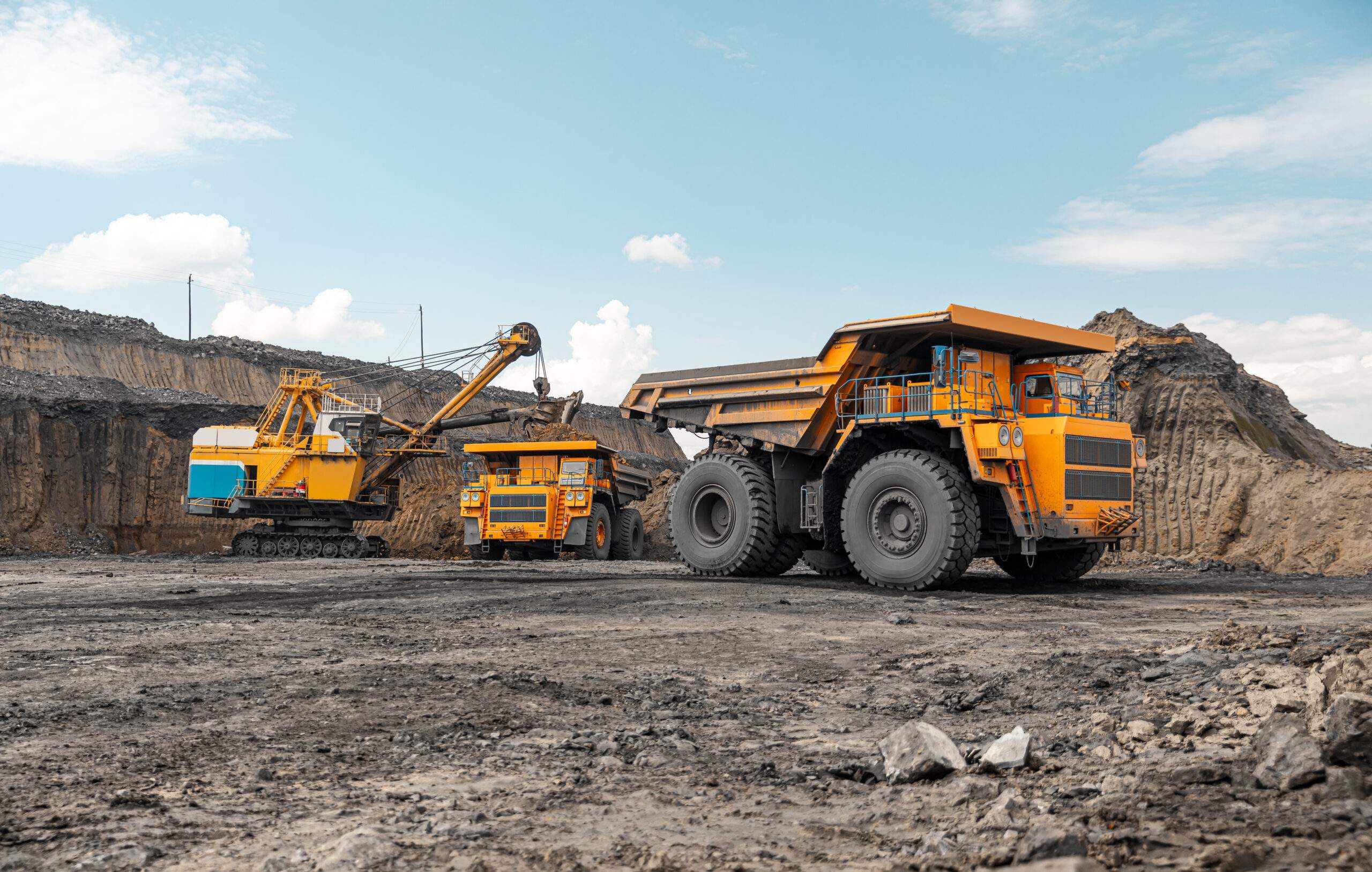Glencore trolley assist pilots set for its South American copper mines
Its its just released 2022 Climate Change Report, global diversified miner Glencore outlines some details with regard to its approach, both near and long term, to reducing its Scope 1 carbon emissions. It says: “While most of our more immediate abatement opportunities are associated with the reduction of our Scope 2 emissions, we have identified several opportunities to reduce our Scope 1 emissions. These include operational efficiency improvements across all commodity departments that may result in, for instance, reduced diesel use, displacement of diesel with alternative fuels such as biodiesel and smelting process efficiencies at our copper and zinc smelters, which aim to reduce the use of energy and reagents/reductants.”
In more detail, the miner is working in three areas to advance the application of innovative solutions to address Scope 1 emissions. The first is electrifying mining fleets with existing/improving technologies. As such it has prioritised action at a number of its large open-pit operations connected to national grids already utilising renewable energy sources, where applicable, such as some of its South American copper mines.
And trolley assist is one of the main abatement technologies being considered at these sites: “Some of our industrial assets have advanced studies underway on opportunities to provide electricity directly to existing diesel-electric haul trucks via the application of trolley assist technologies. Pilots are planned in the next two years at our South American copper sites which will not only contribute towards a meaningful reduction in the diesel consumption of the installed fleets but will also establish the necessary technology deployment experience and capability to support our potential growth projects, such as El Pachon.” El Pachon is a copper and molybdenum project located in the province of San Juan, in Argentina. Located between 3,600 and 4,200 m above sea level, it is approximately 5 km from the international border with Chile.
Glencore’s fully owned copper mines in South America are Antapaccay in Peru and Lomas Bayas in Chile. Both of these operations are well set up to run trolley pilots as they already have the latest large electric drive Komatsu haul trucks in place, including the 400 ton class Komatsu 980E-5 at Antapaccay, with 23 new units that began delivery in 2021 and the 320 ton class 930E-5 at Lomas Bayas, where an order for 27 new units was fulfilled in 2020/2021. And these operations are no stranger to innovation either – both mines have also begun implementing autonomy on their blasthole drill rigs using the ARDVARC system from FLANDERS.
Secondly, in the medium to longer term, Glencore says its planning of mining fleet replacement is expected to align with the arrival of new technology, such as battery electric and hydrogen fuel cell haul trucks. “We anticipate these technologies becoming available towards the end of this decade and to commence more widespread commercial application after 2030. We continue to engage with a range of major mining equipment manufacturers to develop an understanding on the timing of commercial readiness of such technology, as well as to assess its commercial viability.”
Third, Glencore is also collaborating with its peers and equipment manufacturers as a member of the International Council on Mining and Minerals (ICMM), and is a participant in its Innovation for Cleaner, Safer Vehicles initiative (ICSV). This brings together ICMM members, original equipment manufacturers and technology suppliers to accelerate the introduction of zero-emission mining vehicles. It is working to accelerate the development of zero-emission mining equipment and ultimately aims to enable mining operations to adopt such zero-emission surface mining fleet by 2040.
Share this content:













